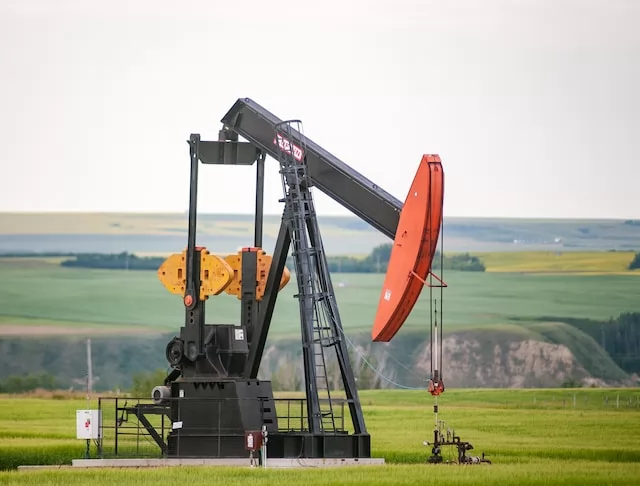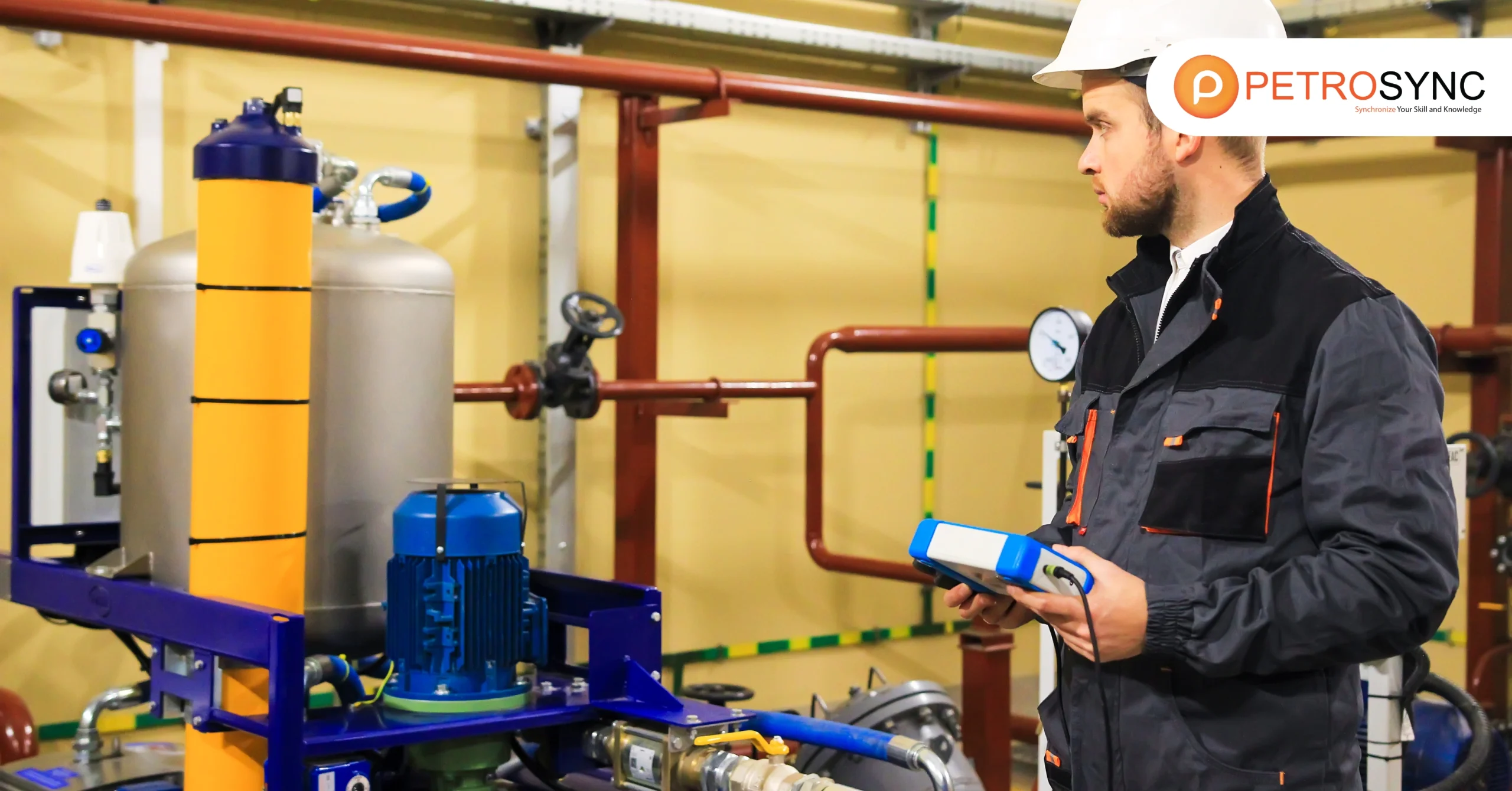The oil industry is essential for meeting the world’s energy needs, and it encompasses a variety of operations, especially in upstream activity. When a drilling operation is performed, the equipment can sometimes become lost or stuck downhole. In such instances, fishing operations are required for the success of oil extraction.
In this article, we will explore fishing operations in greater depth, discussing their significance in the oil industry, the factors preceding incidents, and the steps used to perform fishing operations.
What Is Fishing Operation in Drilling Activity?
In the context of the oilfield, fishing refers to the recovery of undesirable objects or materials left in the wellbore. While drilling, equipment such as drill bits, tools, and casing may get stuck or lost due to various factors such as mechanical breakdown or unfavorable well conditions.
Typically, the fishing operations employ specialized tools such as fishing jars, over shots, and spears that are designed to grip, latch onto, or engage the missing equipment so that it can be removed from the wellbore.
The selection of the tools used in the fishing operation depends on the size and shape of the lost equipment and the specific conditions of the wellbore. In some cases, coiled tubing can be used to perform fishing operations, where the coiled tubing is used to retrieve an obstruction in the wellbore.
It is important to perform stuck pipe prevention before drilling. However, if such accidents happen, the fishing operation is necessary to retrieve the missing or trapped equipment.
Fishing operations are intricate and time-consuming, and their success depends on the experience and expertise of the drilling team. In some cases, if the lost equipment cannot be retrieved using the fishing operation, it may be necessary to abandon or sidetrack the well, which can result in significant costs and delays.
What Are The Factors Requiring Fishing Operation?
Fishing operations are necessary when tools or equipment get stuck or lose downhole during drilling activities. Several factors can lead to such situations.
1. Mechanical Failures
It is when the equipment or tools are one of the primary reasons for the need for fishing operations. For example, drilling jars, drilling bits, and other downhole tools break or get stuck in the wellbore due to a mechanical failure.
2. Hole Instability
The instability of the wellbore can cause tools or equipment to get trapped and block the drilling operation.
3. Formation Damage
Damage to the formation during drilling can result in debris falling into the wellbore.
4. Lost Circulation
Loss of circulation happens when the drilling fluid causes the drill string to become stuck.
5. Well Deviation
If the wellbore deviates from the planned path, it can cause the drill string to become stuck, leading to fishing operations.
6. Human Errors
Such as mishandling equipment or dropping tools down the wellbore, can also result in the need for fishing operations.
In conclusion, following these steps for fishing operations can help ensure successful and fewer attempts needed while also minimizing any negative impacts on the environment.
How Does Fishing Operation Work?
Fishing operations require special equipment referred to as fishing tools or fishing instruments which are intended to be inserted into a wellbore to recover lost or stuck equipment or debris. The selection of the appropriate fishing tool is contingent upon the particular circumstances, as fishing tools are available in a range of dimensions and configurations.
The first step is to identify the lost or stuck equipment’s type and location using various diagnostic tools, such as logging tools that provide data on the wellbore’s location and condition.
Once the lost or stuck equipment is located, a fishing tool is selected, and the operation begins by lowering it into the wellbore and positioning it to make contact with the missing or stuck equipment. The tool is then activated to engage with the equipment and retrieve it.
Depending on the situation, the fishing operation may be done multiple times with different tools to retrieve the equipment or debris. Success depends on various factors, such as the expertise of the drilling team, the type of fishing tool employed, and the lost or stuck equipment location and condition. Fishing operations are a crucial part of drilling activity and can help to minimize downtime while enhancing safety and efficiency in the drilling process.
PetroSync provides Stuck Pipe Prevention and Fishing Operations training course to help participants get a thorough understanding of stuck pipe issues, prevention methods, and fishing operations when problems arise. The objective is to enhance operational efficiency and reduce non-productive time and expenses by preventing stuck pipes.
Our course emphasizes the importance of early detection in preventing stuck pipe issues and how to perform fishing operations when it is needed. We aim to educate you on how to manage the problem through improved well design and construction practices instead of considering it an inevitable hazard in drilling operations. Reserve your spot in Stuck Pipe Prevention and Fishing Operation Training and enhance your skill by learning from the industry expert from PetroSync!
Credit header image: Unsplash

SEO specialist by day, fact-checker by night. An avid reader and content writer dedicated to delivering accurate and engaging articles through research and credible sources.






